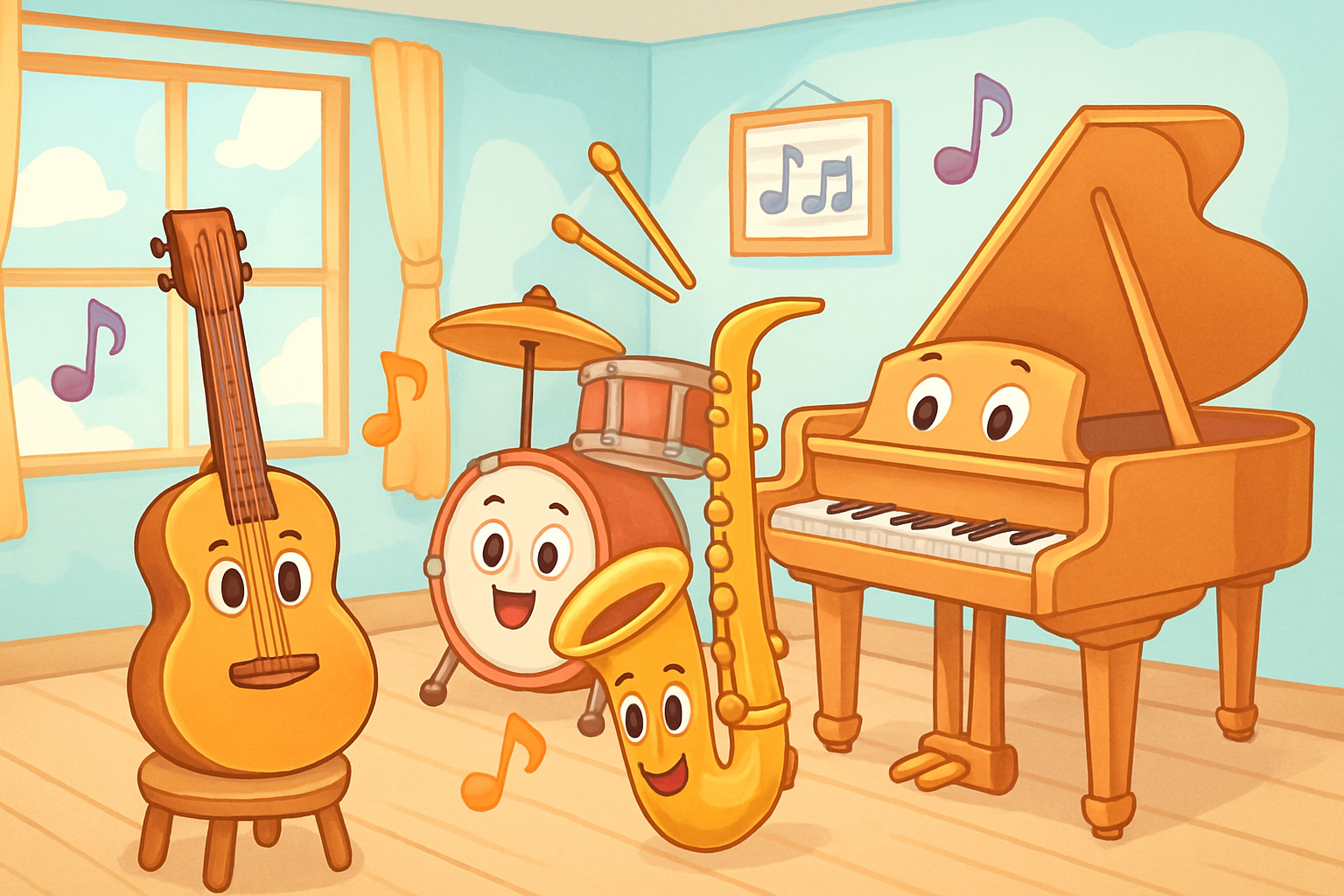🎵 Shake, Rattle & Roll
🎯 Target Skills
- Fine motor coordination
- Auditory discrimination
- Cause and effect understanding
🧰 Materials
- Baby-safe shaker toys
- Empty plastic bottles with rice or lentils
- Sealed snack containers with beans
- Small plastic containers with bells
👣 Step-by-Step
- Fill different containers with varied items (beans, rice, bells).
- Seal tightly with tape if DIY.
- Hand one to your child and start shaking your own!
- Say words like “loud,” “soft,” “fast,” and “slow” as you shake together.
- Let your child explore the sounds freely.
- Model shaking patterns for them to mimic.
- Lay on your back and shake above you—silly fun! 😄
- End by clapping and saying “Bravo!” together.
🤗 Parent/Caregiver Guidance
Model joyful participation and exaggerate expressions! Even if your child can’t yet shake on beat, the exposure and imitation are gold for their brain. Be sure containers are tightly sealed.
🧠 Why This Helps
Babies begin to associate sound with action, which boosts both brain development and body control. They also learn rhythm through repetition and start understanding how their actions create sound.
📚 Research Foundation
- Montessori Sensorial Development
- Gordon’s Music Learning Theory (infant rhythm acquisition)
- Piaget’s Sensorimotor Stage: cause-effect learning
🎤 Sing & Snuggle
🎯 Target Skills
- Language exposure
- Emotional bonding
- Listening skills
🧰 Materials
- Your voice 🎶
- Favorite blanket or stuffed toy
- Soft lullaby playlist
- Rocking chair or floor cushion
👣 Step-by-Step
- Pick a quiet time (nap, bedtime, or after bath).
- Hold your child close and gently start singing a lullaby.
- Rock or sway with the rhythm of the song.
- Repeat familiar songs daily for comfort and pattern recognition.
- Point to body parts during songs (“Head, Shoulders, Knees…”).
- Add touch (tickle or hug) during parts of songs.
- Let your child babble or vocalize back.
- End with kisses and calm silence.
🤗 Parent/Caregiver Guidance
No perfect pitch needed—your child LOVES your voice! Repeat songs often to build comfort and familiarity. Don’t worry if they don’t sing back—they’re absorbing everything.
🧠 Why This Helps
Music boosts memory, language, and emotional security. The repetition of words in songs enhances language pathways, and the closeness nurtures attachment and calm.
📚 Research Foundation
- Attachment Theory (Bowlby)
- Harvard Center on the Developing Child: early language development
- Neuroplasticity in early rhythm/language acquisition
🥁 Tummy Drum Time
🎯 Target Skills
- Body awareness
- Gross motor strength
- Listening and anticipation
🧰 Materials
- Large soft pillow or baby-safe drum
- Cardboard box lid
- Plastic mixing bowl
- Your lap or tummy!
👣 Step-by-Step
- Place your baby tummy-down on a safe surface or your lap.
- Start tapping gently on the surface and say “drum drum drum!”
- Encourage baby to reach and tap too.
- Alternate loud/soft and fast/slow tapping.
- Use a song rhythm like “Twinkle Twinkle.”
- Tap different body parts to the beat (“knees, belly, toes!”).
- Make funny sounds when tapping different areas.
- Cheer wildly when baby joins in!
🤗 Parent/Caregiver Guidance
Follow your baby’s cues—if they smile, keep going! If they lose interest, take a break. This activity is perfect for brief, playful connections throughout the day.
🧠 Why This Helps
It builds sensory-motor connections and a sense of rhythm. Babies also learn about body parts and movement while bonding through fun touch and sound.
📚 Research Foundation
- Montessori principle of movement through rhythm
- Occupational therapy sensory integration practices
- Harvard’s “Serve and Return” interaction model
.svg)
